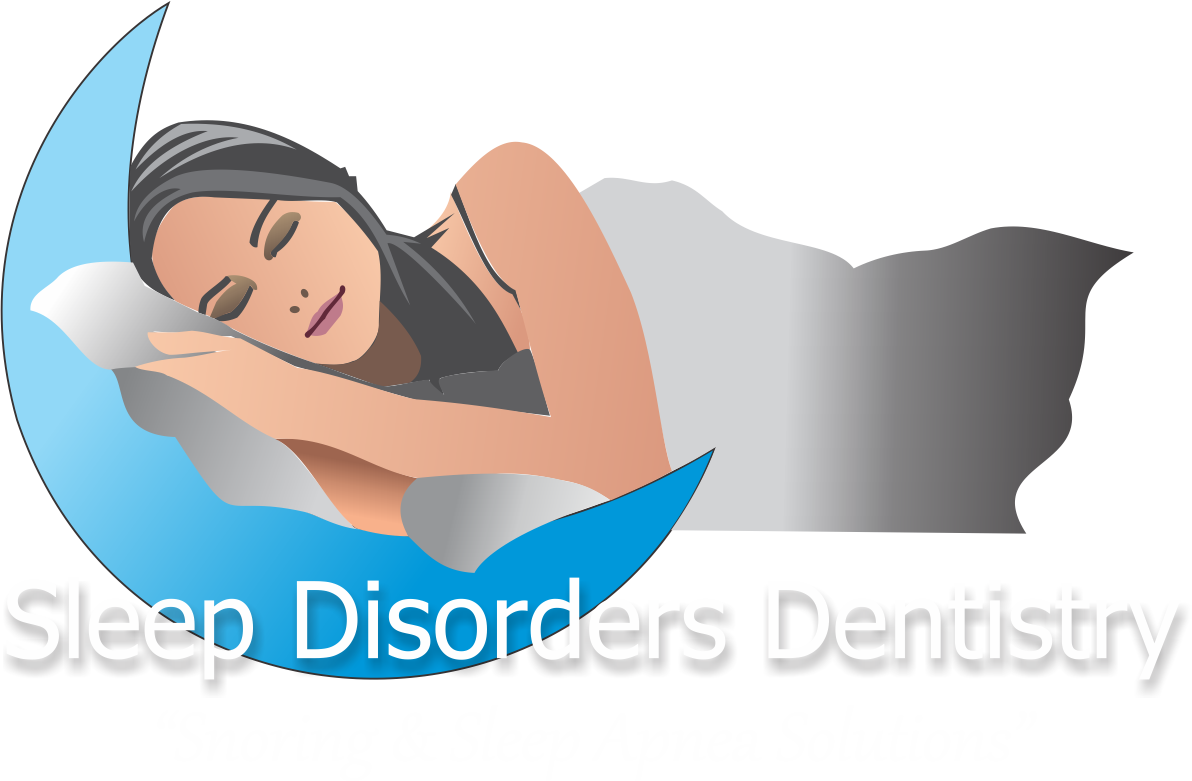Why is Home Sleep Testing Essential for Dental Treatment of OSA?
The subject of the Home Sleep Test (HST) seems to always invite much debate regarding accuracy of “HST compared to in-lab polysomnography” and of “auto-scoring outcomes vs. technician scored outcomes”. I believe that these issues have been, and continue to be adequately addressed in the literature. What is clear to me is this; these devices are not all created equal, but a carefully selected HST can provide reliable auto-scored data that can be of great value in the titration process of an oral appliance intended to manage sleep apnea. However, I am not in any way suggesting that the auto-scored data provided by an HST can replace a verification in-lab sleep study.
The statistics suggest that in North America, current in-lab sleep diagnostic facilities are not sufficient to provide diagnostics, titration and verification studies for all those currently afflicted. Yet, the debate regarding the validity of HST continues with little regard for what it brings to the table. At least two provinces in Canada use the HST as a standard of care (scored by technicians); Canada is far from being a Third World Country. It’s as simple as this, when it comes to OSA, the available in-lab resources in those provinces simply dictate that their population’s needs are best served by the utilization of a literature validated HST.
In the past, Dentists that were seriously involved in the management of sleep disordered breathing with an oral appliance had little more than subjective feedback available to evaluate their titration. We now know that this approach often results in under titration of the oral appliance, resulting in inferior outcomes. With an HST, ease of use and low disposable costs now afford these Dentists an objective measure of their efforts.
In the “AADSM Protocol for Oral Appliance Therapy for Sleep Disordered Breathing in Adults: An Update for 2012”, paragraph 6 states the following,
“In accordance with protocol established between the treating dentist and referring physician, the dentist fabricates a custom-made oral appliance and meets with the patient for an initial fitting and adjustment. After this initial fitting, the dentist may obtain objective data during an initial trial period using a portable monitor to verify that the oral appliance effectively improves upper airway patency during sleep by enlarging the upper airway and/or decreasing upper airway collapsibility. If necessary, the dentist makes further adjustments to the device during a final fitting to ensure that optimal fit and positioning have been attained.”
In this document the AADSM cites “Portable Monitoring Task Force of the American Academy of Sleep Medicine. Clinical Guidelines for the Use of Unattended Portable Monitors in the Diagnosis of Obstructive Sleep Apnea in Adult Patients. Portable Monitoring Task Force of the AASM. J Clin Sleep Med. 2007; 3(7):737747” regarding the use of an HST. The AADSM treatment protocols clearly refer to the use of an Objective Evaluation of titration efforts. At one time the only objective measurement available to a Dentist was Pulse Oxymetry; that is no longer the case. A carefully chosen HST provides so much more objective information than blood oxygen saturation; in my opinion, a Dentist that does not fine tune their titration efforts using the best information at their disposal is not offering the very best service possible.
In Ontario, Canada where I practice, the “in-lab sleep study” is the current “Standard of Care” and that is what is routinely used to diagnose and verify therapy. Unfortunately, our socialized medicine has limitations regarding in-lab sleep study allotment and patients will not willingly pay for these studies out of pocket in a socialized model. In some cases, a patient may not qualify for another in-lab sleep study for over a year from when titration is complete. So, when a Dentist is able to document treatment in progress, and a trend toward a positive outcome, for the referring Physician. I believe this to be a good service. It is understood that the in-lab sleep study is a required end point, however sometimes, this standard is out of reach for the patent and the clinician; an interim HST assessment providing valuable insight regarding outcomes is certainly much better than the alternative of waiting over a year for an in-lab assessment.
The True Value of a Home Sleep Test for OSA Oral Appliance Therapy is it’s low-cost and ease of repeated use, providing objective information regarding how well an appliance is maintaining a patient’s airway, in the comfort of their own bed, and in the manner in which they actually sleep nightly. Add to this, the information deemed regarding impact of sleep position on the airway, enabling further fine-tuning of the titration, introduction of elastics to manage jaw opening or positional therapy as required and I believe an auto-scored HST helps a Dentist optimally titrate a patient’s oral appliance and provides meaningful information that helps better manage outcomes. It’s that simple.
